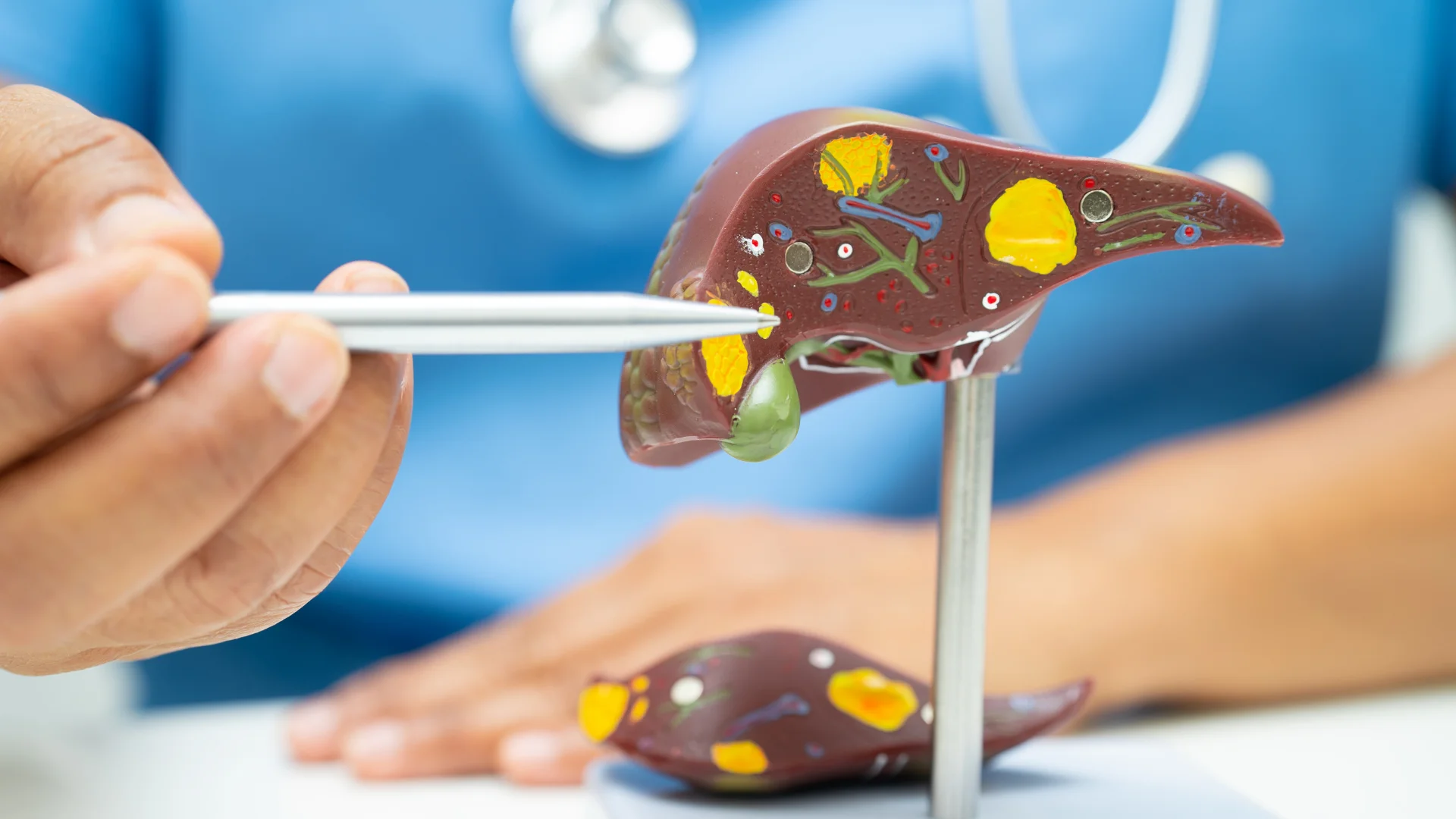
Alcohol-Induced Hepatitis: What You Need to Know 🍺
The liver processes everything we consume, including alcohol. As the primary organ responsible for breaking down alcohol, the liver reduces, processes, or destroys much of the alcohol we drink. However, its capacity to protect the body from alcohol intoxication is limited and time dependent.
Key Points About Alcohol and Liver Health ⭐
- Daily consumption of 20–30 grams of alcohol for women and over 45 grams for men can cause progressive liver damage.
- Regular alcohol intake not only harms the liver but can negatively affect other vital organs like the brain, heart, and pancreas.
- Combining alcohol with medications adds significant strain on the liver.
- Consistent heavy drinking damages the liver’s detoxification function, leading to the destruction or alteration of liver cells, which in turn often results in fat deposits. At this stage, the liver can recover if alcohol consumption is stopped immediately. Continued alcohol use can lead to alcoholic hepatitis, which in turn may progress to chronic alcoholic hepatitis and eventually liver cirrhosis, which can have life-threatening complications.
Symptoms of Alcohol-Induced Hepatitis 🤔
Not all individuals with alcoholic hepatitis display symptoms, but common complaints include:
- Fatigue and weakness.
- Loss of appetite.
- Abdominal bloating.
- Yellowing of the skin or eyes (jaundice).
- Cognitive issues such as memory problems or confusion.
- A heavy sensation under the right ribcage.
How Is Alcohol-Induced Hepatitis Diagnosed? 🩺
A comprehensive evaluation includes:
- Gastro-hepatological consultation.
- Abdominal ultrasound.
- Laboratory tests:
- Liver function tests: Direct and total bilirubin, SGOT, SGPT, ALP, PCR, LDH, GGT, fibrinogen, albumin.
- Pancreatic function: Amylase (blood and urine).
- Kidney function: Urea, creatinine.
- Blood sugar levels: Glucose, HbA1C.
- Total protein levels and protein electrophoresis.
- (coagulation).
- Lipid profile: HDL, LDL, triglycerides, total cholesterol.
- Blood iron: Serum iron, ferritin.
- Tumor markers: CEA, AFP, CA 19-9, .
- Viral markers: Hepatitis B (AgHBs), Hepatitis C (AntiHCV), and HIV.
- Uric acid levels (uricemia).
- Elastography: Measures the elasticity of liver tissue to determine the extent of fibrosis (replacement of normal liver tissue with scar tissue).
- Liver biopsy: Performed only in advanced cases with fibrosis or cirrhosis.
Note: Regular monitoring of specific tests is essential as advised by your doctor until results normalize. 👨⚕️📋
Treatment for Alcohol-Induced Hepatitis 🏥
Treatment focuses on stopping further liver damage and supporting recovery:
- Immediate cessation of alcohol consumption: Critical in the early stages of the disease. 🚫🍺🍷🥃🚫
- Hepatoprotective medications: To protect and support liver cells. 💊
- Avoiding unnecessary medications: Especially those that can harm the liver.
- Vitamin therapy: To address deficiencies caused by liver damage. 🌿
- Healthy lifestyle adjustments: 🥗
- Limit animal fats.
- Avoid seed oils.
- Avoid processed carbohydrates.
- Engage in physical activity for 30–60 minutes daily.
Preventing Alcohol-Induced Hepatitis 🛡️
Preventative steps can reduce the risk of liver damage. Some of the most common are:
- Avoid daily alcohol consumption. 🚫🍺
- Limit animal fat intake and avoid overindulgence. 🚫🧈
- Avoid seed oils. 🚫🍳
- Avoid processed carbohydrates. 🚫🍰
- Incorporate physical activity into your daily routine to prevent a sedentary lifestyle. 🏃♂️ 🏊♀️
- Avoid taking medications without medical guidance. 💊👨⚕️
Alcohol-induced hepatitis is a preventable and manageable condition if addressed early. Reducing or eliminating alcohol consumption, combined with a healthy lifestyle, can significantly lower the risk of complications. If you suspect symptoms of liver damage, consult your doctor promptly for evaluation and guidance.
🩺 Explore out our Check-Up Programs!
📅 Book your appointment now!
DISCLAIMER:
The information presented on this page has been intentionally condensed and simplified to make it accessible and easier to understand for the general audience. Its purpose is solely to provide basic awareness and education on the topic discussed. It is important to note that this content is not exhaustive and does not replace or serve as a substitute for professional medical advice, diagnosis, or treatment. Readers are strongly advised to seek consultations with qualified healthcare professionals or specialists for accurate assessment, personalized guidance, and appropriate medical care. Relying solely on the information provided here, without professional oversight, may lead to misunderstandings or inadequate treatment.
